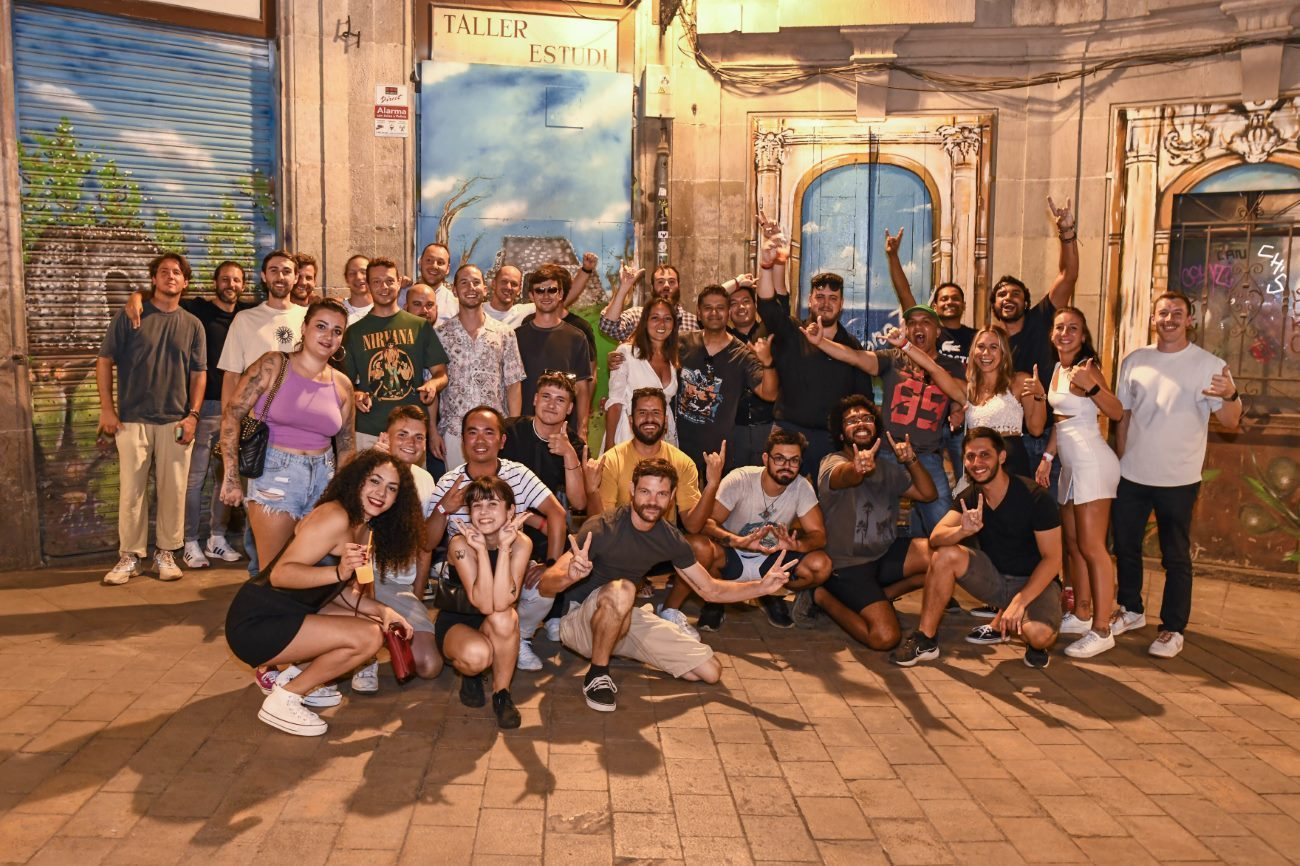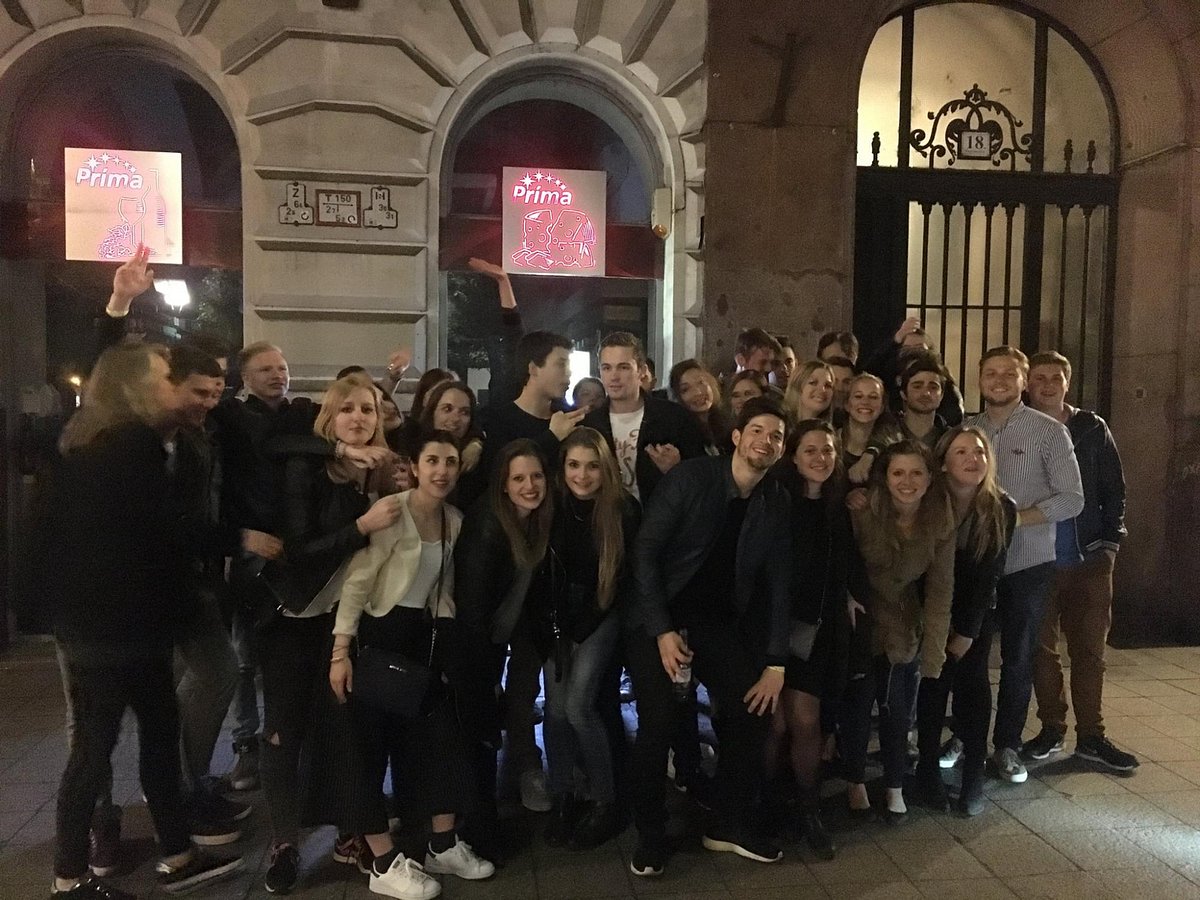Often the tourists traveling to Amsterdam and intending to visit some of the most popular sights, make sure to spend some time in the most famous area of the town, called De Wallen or Red Light District.
That area is not only famous but infamous one that has millions of visitors a year. This vibrant
neighborhood is known for legalized prostitution and the history registered there.
For a first time visitor, it is important to have an impression of what to
expect. To help the reader grasp the subject better, in this article, we will provide insights about the major facets involved and demonstrate it.
help to make the learning as fun and informative as possible for you.
1. Sex workers and patrons, stakeholders and customers: generating knowledge about the red light district
The Red Light District is central Amsterdam and covers
several blocks. This is consists of working streets with several numbers of brothels.
sex shops, coffee shops, and other related outlets such as pubs, restaurants, discos and bars. Although
known today for the red windows, this part of the city is much more than just
prostitution. It houses many historical structures, museums, theaters and.
a vibrant nightlife scene.
2. Searching for the solution to the problem of dealing with sensationalism
Media coverage tends to concentrate on simple things such as the Red Light District, without digging deep
concerning the presence of prostitution. But it relates to the point that
the district is not a hypothetical environment populated with mere symbols but with actual people going about their lives ; businesses; and a
diverse culture. While you are walking in the territory, do not intrude the privacy
certain interest of the workers and the community as a whole.
3. Legislated and Lawful Prostitution
Travesti prostitution has been legal in the Netherlands since 2000 as well as
certain restrictions in connection with the safety of employees and consumers. In the Red
Light District is packed with many brothels which are occupied by rented sex workers.
booths by the windows to do their businesses. It is with these a point in time that these professionals experience successive
health check ups and they are also included under the employment laws of the Netherlands. Engaging in any
type of commercial sexual exploitation such as street solicitation, is
strictly prohibited.
4. Safety Measures
The Red Light District is relatively safe however, they are always some certain precautions you have to take.
basic precautions. It is also wrong to be taking photographs of the prostitutes as it is.
as far as being impolite and against the rules of the game. Be wary of pickpockets
that may put people in crowded places in personal danger due to possible acts of criminals. It’s also recommended not to
drink alcohol beyond their allowable quantity or patronize drugs whilst in the district.
5. Tourist-Friendly Approach
However, contrary to the popularity of the district, it is accessible for every tourist.
including families. However this must not be a reason to forget that the area is much more than
the adult industry, having such architectural wonders such as Oude Kerk, (Old Church).
It includes such landmarks as the Church of St. Peter and Paul and District Museum of Museums or the Museum of Prostitution, etc. Take the opportunity
to go explore the neighborhood in the day since it is not much crowded as it is during the night.
more appropriate to visitors of different categories and levels.
6. Coffee Shops and Cannabis
When you are on your tour around the Red Light District, you will stumble into several coffee
stores that stock and sell cannabis. Such facilities are perfectly legal and
which are operated and controlled by the Dutch government. Today the number of such bars is unmeasurable if you decide to visit one then it is wise to acquaint
aware of the legal age to use and trade the same and consume with moderation. Remember, smoking
It is prohibited to use any kind of cannabis within the public area such as the street.
7. Nightlife and Party Scene
The Red Light District tends to famous night life
experience. Whether a club and pubs or live band that is performing in other establishments such as bars and tavens there is always
for everyone. It is worthy of note that some of the GTA venue may not allow participants of a certain age, so
so always look before you come in. Probably, the best way is to go out at night with
a best friend and stay alert with your surroundings at all times.
Conclusion
First timers however tend to be enthralled and educated by the Red Light District.
visitors. Although it might not suit everyone, its dynamics should be understood more.
understanding before the introduction of the relevant regulations and the cultural setting a regulates belongs to is vital.
However, appreciating the district and the community representing it, you can venture into this rather peculiar
neighborhood with an open mind and come to have a good understanding of their.
The traditional and cultural value.





